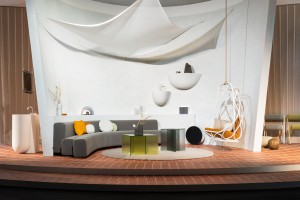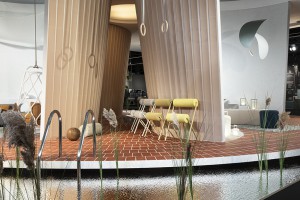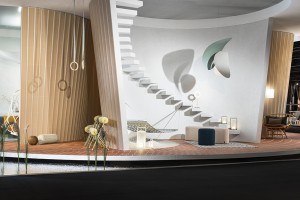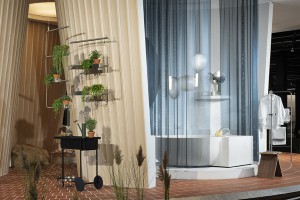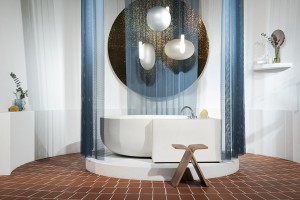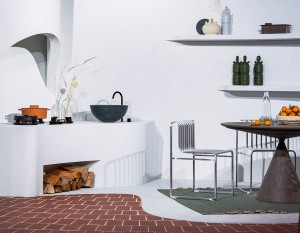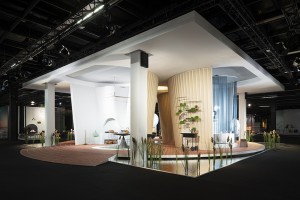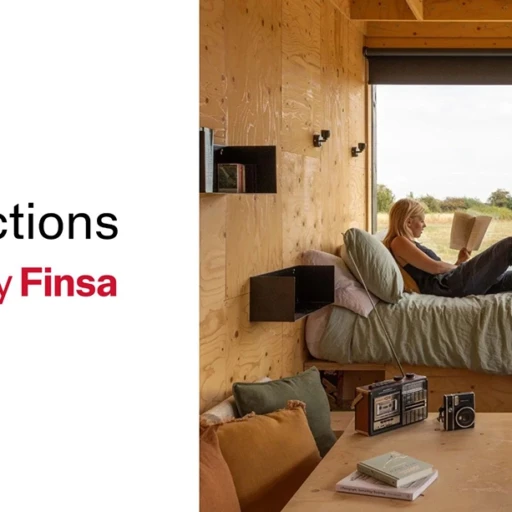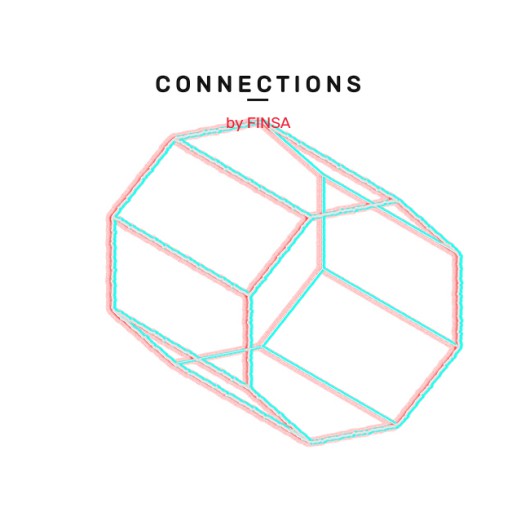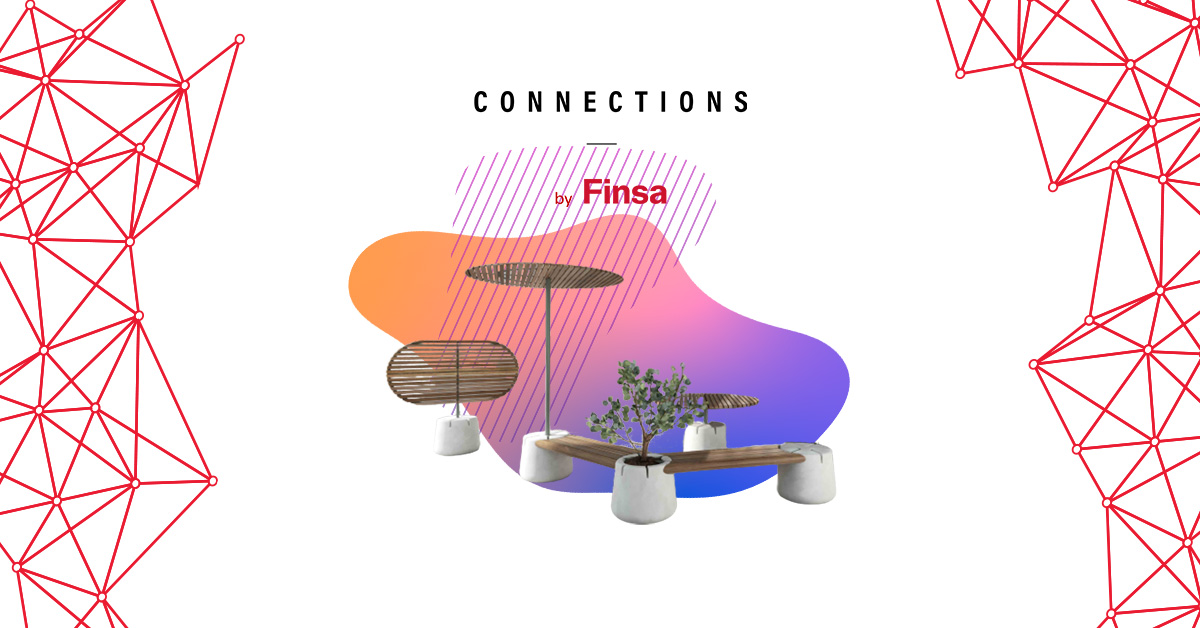Alberto Sánchez and Eduardo Villalón founded MUT Design in 2010. At this multi-disciplinary studio, Alberto is in charge of the creative side of things, while Eduardo looks after the organisational aspect. Together they have reached the highest of heights in international design and are among the most influential professionals of their generation, with their designs full of emotions that combine functionality and aesthetics with MUT’s personality.
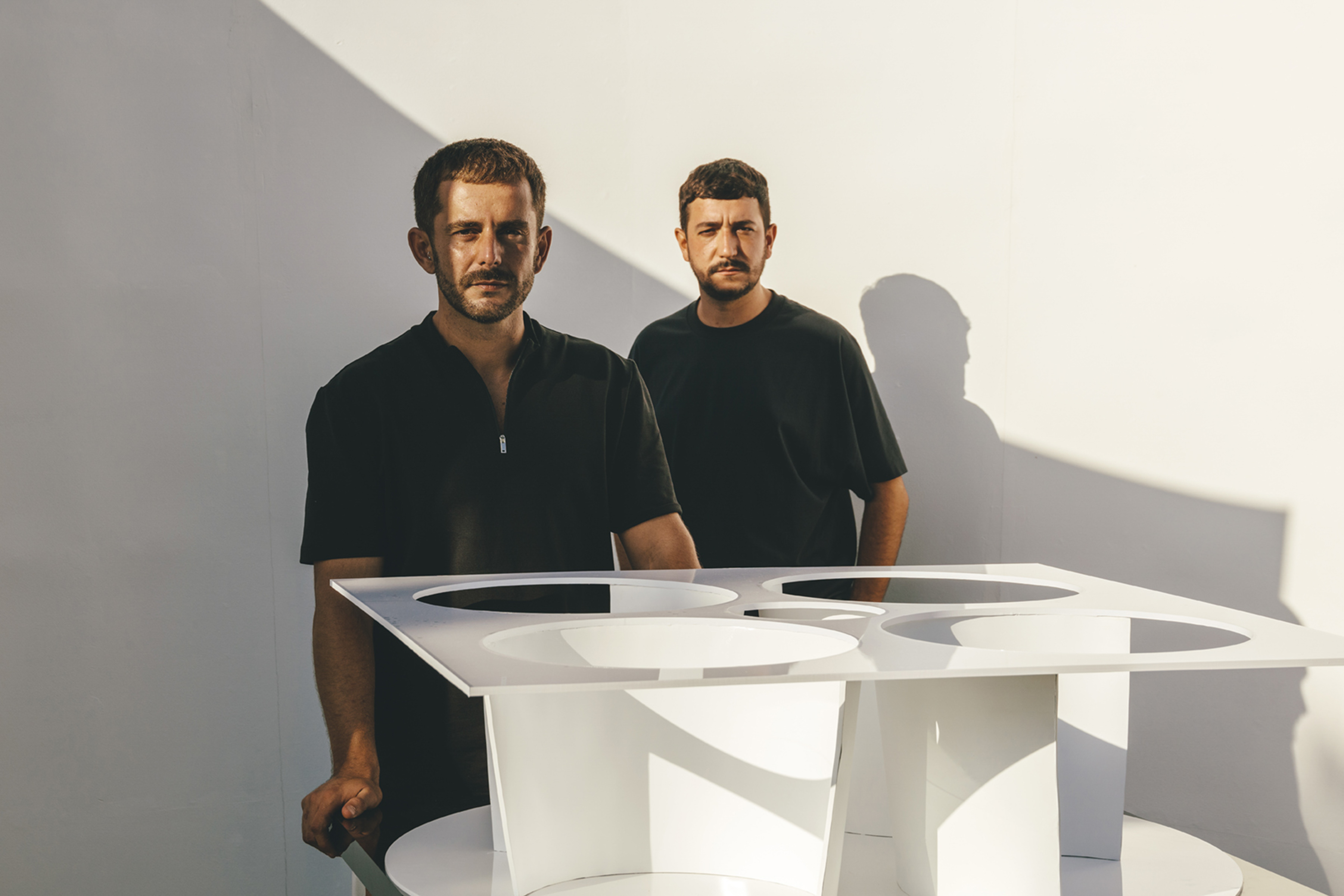
This year you designed the Das Haus at IMM Cologne. What did that mean to both of you?
It was a unique opportunity and an unforgettable experience from which we learned a lot. Das Haus was born with the idea to give visibility to emerging studios with a certain amount of potential. We found that we were exactly at that point in our careers. We stated the studio ten years ago, and the fact that they asked us to design the 2020 Das Haus has been a huge boost for us. The feedback has been very positive: the project has been talked about and continues to be talked about in the media and, of course, it has allowed us come into contact with many companies and design professionals. We are very satisfied with our work and how it has been received, and we hope that it continues to bear fruit for a long time.
What story did you want to tell with “A la fresca”?
“A la fresca” (“Step out into the fresh air”), our idea for Das Haus 2020, was an updated Mediterranean style house. We started with the courtyard, a common feature in our architectural projects, as well as a love of being outside, and we created a conceptual house in which the intention was to remove the barrier between the interior and the exterior. Working around the inner courtyard, which was the centrepiece of the house, we divided the house up into four areas: a space for cooking, a space for leisure, a space for personal care, and a space for rest. We wanted the courtyard to be a private place for introspection and spiritual rest, rather than a common area, which is why you can’t see it from the outside. The whole design folds in on itself in a spiral, like one big snail. In each of the four spaces, life would be lived almost outside: the interiors were designed to be used almost like exterior spaces. That’s what we wanted to emphasise and enhance with our design. The project clearly alludes to our Mediterranean roots and our references, but also looks to the future with its contemporary and personal design that will stand the test of time.
How has MUT Design changed since your first projects?
Our first projects were the ones we presented at the Salone Satellite in Milan in 2011: the Ulah rocking chair, the Leaf hanging chair, and the Clover lamp. They were projects of youth that we are still proud of, but we have evolved over these ten years. Our style and personality were already noticeable in those projects. Now the MUT style doesn’t need explaining; it’s recognisable. Our designs are more mature, as is our approach to work, but we haven’t lost that freshness and we are just as passionate as we were on our first day.
What exactly is that style that defines MUT’s designs?
Their organic nature, the way they are inspired by nature, the love of simplicity, the geometric shapes, the use of natural materials, their invitation to come and play, and their emotion.
https://www.instagram.com/p/B7alwAWKKRh/?igshid=14qgof1eptqmk
What does Valencia being selected as World Design Capital for 2022 mean for two Valencians like yourselves?
Until recently, when one spoke about design in Spain, there were only two places of significance: Barcelona and Madrid. Little by little, other cities have been invited in as well as lots of small studios like ours. It’s no longer just about the big capitals or the big names in design. Now we have more variety on the scene and less polarisation, and Valencia being chosen as World Design Capital for 2022 is proof of this. As Valencians, we are very proud of this fantastic recognition that shows that our city has found its place in the international design scene very quickly. When we started out ten years ago, that wasn’t the case. In fact, lots of designers decided to go abroad. Our studio was one of the few that resisted, so we are very happy about this change and to have contributed in some way, as we have been working here for ten years and trying to raise awareness about our little place on the map.
Are you able to choose a favourite project of yours?
All of them are special to us in some way, but we like two in particular for their significance and the reach that they have had: the Nautica hanging chair for Expormim, for which we won a Red Dot Award and which became an iconic design for both us and Expormim; and the Beetle acoustic panels for Sancal, which were very innovative and original. The National Centre for Visual Arts in Paris even included them in its permanent collection.
What is your dream project?
One of our dream projects was Das Haus, and now we’ve done that. There are of course many things left to do, but we think that we will achieve our dreams little by little and that new ones will come up too. We have always wanted to design a hotel and we are working on it, perhaps something in retail…Dreams tend to materialise when one strives to achieve them and works for them, and we have the desire to do so.
In your opinion, what is the key to good product design?
It must be functional, fulfil a need, connect with the potential buyer or user and transmit a feeling. It must allow for personalisation, have character, stand the test of time and be memorable.
What are the qualities of a good designer?
It’s obvious but, creativity, imagination, and restlessness are essential qualities. As in any other profession, you also need dedication, consistency, effort, the desire to learn and improve every day, and the capacity to not only accept criticism, but also to criticise yourself so that you can keep getting better. That’s something that can be applied to any aspect of life.
https://www.instagram.com/p/B5-UvCCKFXb/?utm_source=ig_web_copy_link
What is your design process like?
We often begin with market research to spot any trends and gaps. We don’t get obsessed with this though because we try to stay away from trends. Then we brainstorm ideas with the whole team. We choose the ones that seemed the most interesting and we start working on the first drafts until we present the client with a well-defined project that fits the brief. Once it is approved, we can start developing prototypes. We always get really involved in this process because it’s when the idea finally materialises and becomes something tangible. It’s like being present for the birth of something and it is amazing.
Idea, design, draft, prototype…If you had to choose one stage, which would be your favourite?
All of them because they are all part of an exciting process. We love our job because we love everything it brings with it. We love the research part, but it’s also very exciting when a product starts to materialise, and we go to the factories with our clients to see it take shape.
https://www.instagram.com/p/B57rcxGqf2u/?utm_source=ig_web_copy_link
What inspires you every day? Does inspiration just arise, or do you have to work on it?
Inspiration comes out of nowhere, but then you have to work on it Anything can set off an idea, but then it needs a lot of development and it’s possible that during the process it ends up being something very different than what it started out as.
Who are your design inspirations and which design professional would you like to connect with?
We really like the Bouroullec brothers, for example, and some of our biggest inspirations are Alvar Aalto and Mies van der Rohe. We would love to collaborate with big companies like Vitra or Thone, as well as with professionals from other design disciplines, like fashion, architecture, or art.


